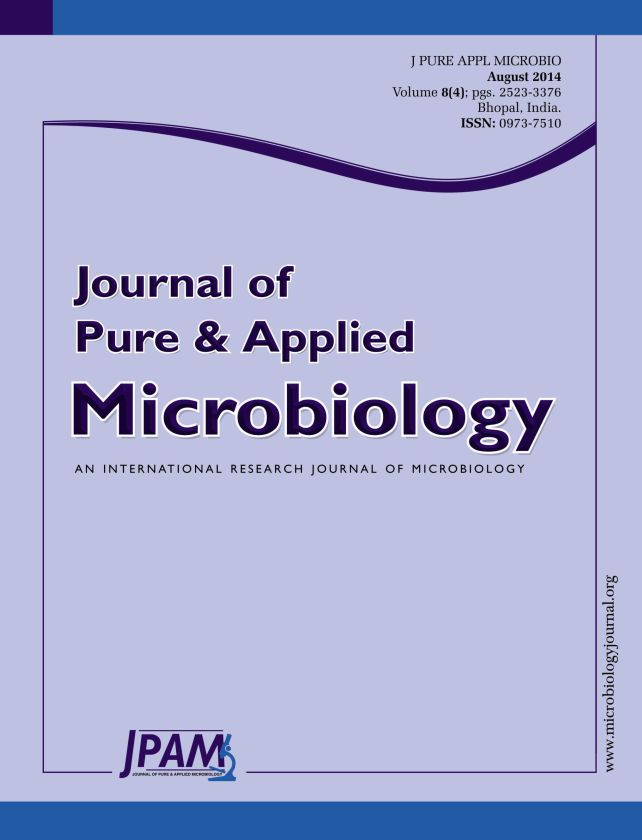A study was undertaken to investigate the mechanisms for biosurfactant-enhanced hexadecane uptake into P. frederiksbergensis. Biosurfactants production was observed within 4-6 days from the incubation. The biosurfactant(s) were able to cause a drop in the surface tension from 72 to 25 mNm-1 after 10 days of incubation. The stability of hexadecane emulsion in the supernatant of the culture was observed after 24 h, where 15 % of the hexadecane was converted to an emulsion. After 8 days, the conversion reached maximum value of 73.3 % when the adhesion of the cells to hexadecane was 88%. This study supports the hypothesis of alkane transport into microbial cells by direct contact with larger alkane droplets and by pseudosolubilization. Also, it appears that both mechanisms occur simultaneously.
P. frederiksbergensis, Biosurfactants, Hexadecane, Assimilation
© The Author(s) 2014. Open Access. This article is distributed under the terms of the Creative Commons Attribution 4.0 International License which permits unrestricted use, sharing, distribution, and reproduction in any medium, provided you give appropriate credit to the original author(s) and the source, provide a link to the Creative Commons license, and indicate if changes were made.


